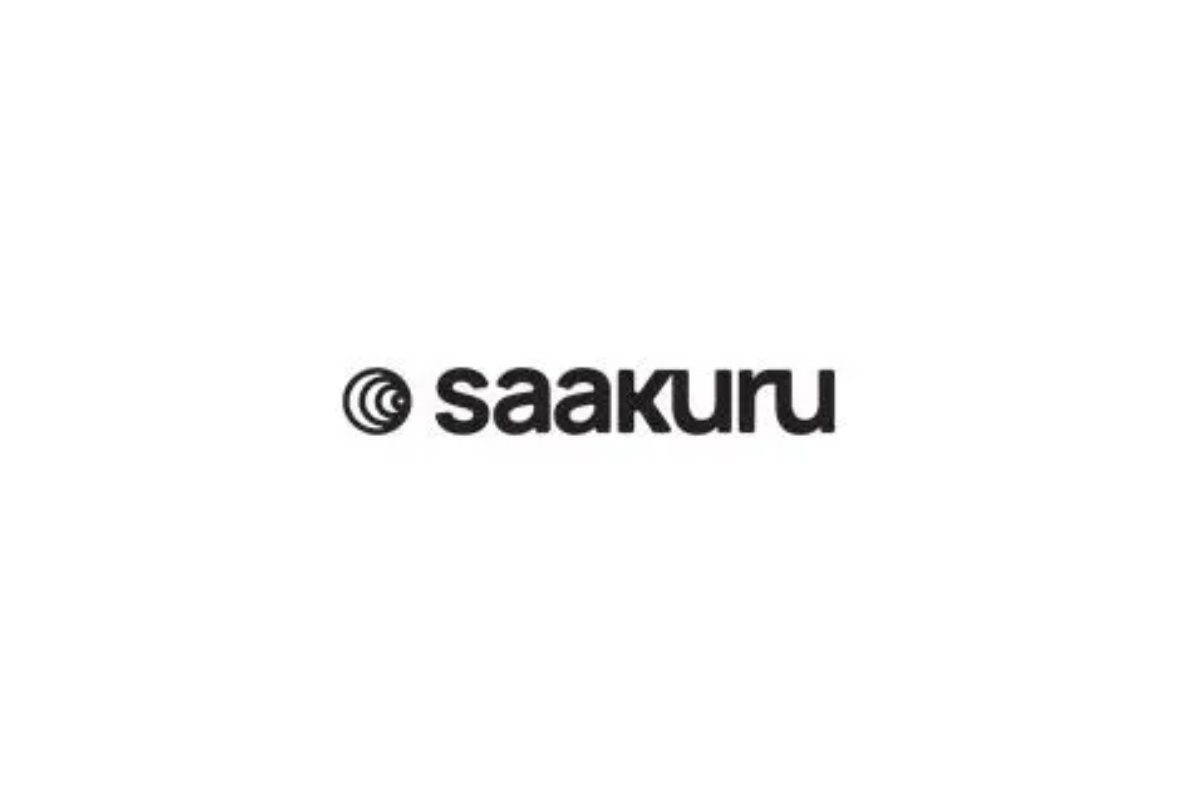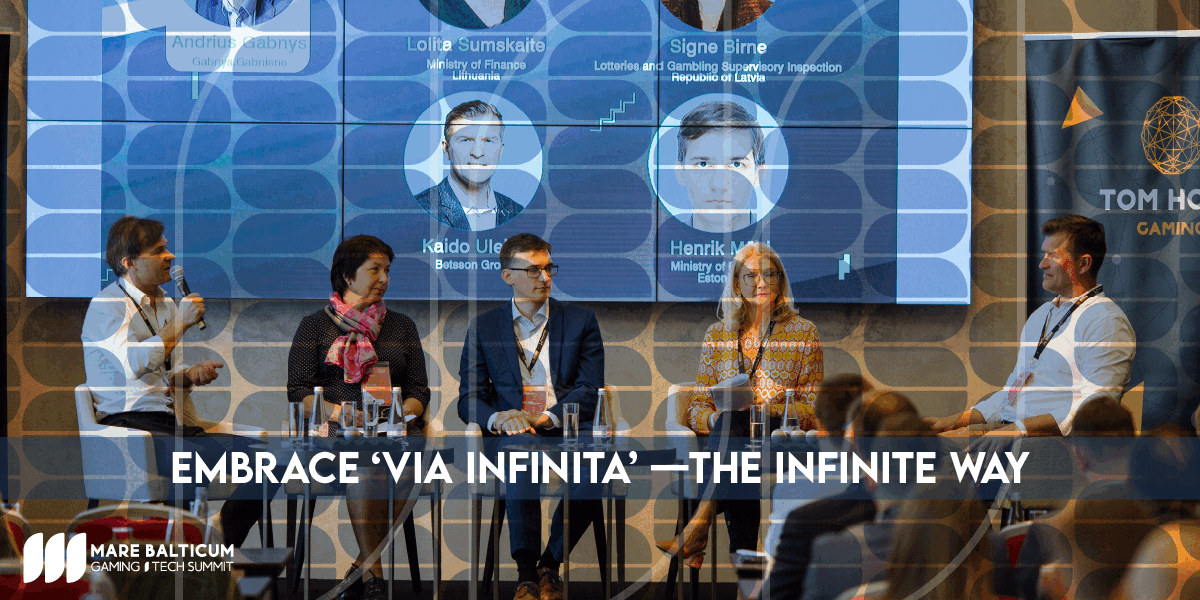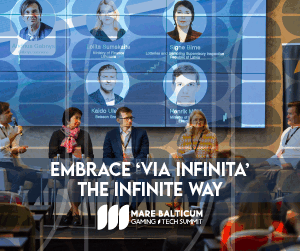Blockchain
GlobalBlock Provides Business and Trading App Update
– New trading app sees significant number of downloads in first two months since launch –
– New client acquisitions resulting from renewed marketing positions GlobalBlock well for future sector-wide growth –
London, United Kingdom and Vancouver, British Columbia–(Newsfile Corp. – September 22, 2022) – GlobalBlock Digital Asset Trading Limited (TSXV: BLOK) (OTC Pink: BLVDF) (FSE: BD4) (the “Company” or “GlobalBlock“), is pleased to announce that the launch of its mobile trading app in late July 2022, on both Apple’s App store and Google’s Play store, has started to yield significant new client sign-ups for the Company’s wholly-owned operating subsidiary, GlobalBlock Europe, UAB (“GBE“), a service led digital asset broker. Across both platforms and with a very targeted, cost-effective marketing spend, 1288 downloads were registered during August 2022. Accounting for bots and existing client downloads, GBE has doubled its existing client base and the progress for September 2022 so far, is equally encouraging. The Company notes that the conversion rate of people who downloaded and proceeded to fully KYC (Know Your Customer) completed clients is 9% and the rate of download to registration is 26%. The Company believes these conversion metrics are higher than comparable industry averages. GlobalBlock’s mobile trading app was developed in house using a highly flexible and cost-effective technology team.
During this year’s industry-wide consolidation, GBE has also managed to reduce its cost base following the successful completion of its operational migration to GBE in Lithuania. The Company has also significantly grown its intellectual property, through both the development of the mobile trading app and the development of a propriety data system, the ‘GlobalBlock Engine’. This data engine will drive reporting efficiencies as well as streamline the integration of new products and partners.
Rufus Round, CEO of GlobalBlock, commented:
“Given that online marketing generally achieves customer engagement levels of 5% with finance apps generally at 20%, our app download results after nearly two months are extremely encouraging. Our first month rate of 26% should be a floor as we hone our engagement practices. GlobalBlock’s brand recognition is clearly having a positive effect in the face of significant general market weakness.
“Crypto is here for the long run, our clients both existing and new are testament to this. We have used current market conditions to get our heads down, increase the company’s IP, streamline our cost base, grow the client base, and prepare for the next up-swing.“
ABOUT THE COMPANY
GlobalBlock Digital Asset Trading Limited is a publicly traded holding company (TSX Venture: BLOK) whose wholly-owned operating subsidiary, GlobalBlock Europe, UAB (https://www.globalblock.eu), is a European Union based digital asset broker that provides a personalised telephone brokerage service, trading platform and mobile app. Established by an experienced team of financial services professionals, GlobalBlock Europe, UAB acts as a trusted agent serving the digital asset needs of individuals, corporations, institutional financial firms and intermediaries, providing best execution trading and safe custody of digital assets. At this time, clients or customers based in Lithuania and the UK can be onboarded to its digital asset broker and trading services.
For further information please contact the Company at:
Rufus Round, CEO
c/o 65 Curzon Street, London, W1J 8PE, United Kingdom
Tel. +44 20 3307 3795
[email protected]
https://globalblock.eu/ and http://www.globalblockdigital.com/
https://twitter.com/Globalblocknews
https://www.linkedin.com/company/globalblock/
Media Contact
Angus Campbell
Citigate Dewe Rogerson
[email protected]
CAUTIONARY NOTE REGARDING FORWARD-LOOKING STATEMENTS
Certain information set out in this news release constitutes forward-looking statements or information. Forward looking statements are often, but not always, identified by the use of words such as “seek”, “anticipate”, “plan”, “continue”, “estimate”, “expect”, “may”, “will”, “intend”, “could”, “might”, “should”, “believe” and similar expressions. In particular, this news release contains forward-looking statements in respect of among other things: the continued and successful development of the businesses and technologies of each of the Company and its subsidiaries, the adoption of the Company’s technologies, the continued adoption of digital assets, the effectiveness of the Company’s marketing plan, the exposure that the Company and its subsidiaries have to stablecoin and yield products and plans, future action and future successes of the Company, and its businesses, technologies and products described herein. Forward-looking statements are based upon the opinions and expectations of management of the Company as at the effective date of such statements and, in certain cases, information provided or disseminated by third parties. Although the Company believes that the expectations reflected in such forward-looking statements are based upon reasonable assumptions, and that information obtained from third party sources is reliable, they can give no assurance that those expectations will prove to have been correct. Readers are cautioned not to place undue reliance on forward-looking statements included in this document, as there can be no assurance that the plans, intentions or expectations upon which the forward-looking statements are based will occur. By their nature, forward-looking statements involve numerous assumptions, known and unknown risks and uncertainties that contribute to the possibility that the predictions, forecasts, projections and other forward-looking statements will not occur, which may cause actual results in future periods to differ materially from any estimates or projections of future performance or results expressed or implied by such forward-looking statements. These risks and uncertainties include, among other things, risk factors set forth in the Company’s most recent management’s discussion and analysis, a copy of which is filed on SEDAR at www.sedar.com, and readers are cautioned that the risk factors disclosed therein should not be construed as exhaustive. These statements are made as at the date hereof and unless otherwise required by law, the Company does not intend, or assume any obligation, to update these forward-looking statements.
Neither the TSX Venture Exchange nor its Regulation Service Provider (as that term is defined in the policies of the TSX Venture Exchange) accepts responsibility for the adequacy or accuracy of this release.
To view the source version of this press release, please visit https://www.newsfilecorp.com/release/138052
Blockchain
PairedWorld Earns Nomination for Best Blockchain Project for Social Impact, Secures $1.5 Million in Private Token Sales, and Welcomes Paul Taylor Who Is a Venture Partner at BlackRock to its Advisory Board
Blockchain
Saakuru Leads the Gasless Blockchain Revolution, Disrupting the Industry

Saakuru has recently achieved significant milestones in its development, positioning itself as a leader in the gasless blockchain revolution that is reshaping the industry. Within just nine months of its launch, the consumer-centric L2 protocol has entered the top 5 brands in its niche and records over 1.44 million weekly users, according to data from DappRadar.
The project is gearing up for the official launch of its Saakuru token ($SKR) by the end of April, supported by a successful private funding round that raised $2.4 million. Saakuru Protocol stands as a pioneering advocate of gasless technology, aiming to accelerate the adoption of Web3 into the mainstream by enhancing the user experience and reducing costs for both developers and end users.
Unlike traditional blockchain networks, which often suffer from high gas fees and security issues, Saakuru Protocol leverages Oasys High-Speed Optimistic Rollups to create a public-permission, gas-less L2 blockchain. This innovative approach eliminates gas fees, improves user experience, and introduces new tokenomics models, enabling the development of versatile decentralized applications with higher security standards, cost-effectiveness, and ease of use.
The Saakuru token serves as a multi-purpose token within the protocol, providing utility and governance. Its advanced burning mechanism gradually reduces the token supply while potentially increasing its value. The token is integrated into all operational layers of the Saakuru protocol:
1. Developer Layer (Saakuru Labs): Provides products and services with proprietary business models, burning 10% of profits.
2. DeFi Layer (Taffy DEX): Utilizes Taffy DEX technology, where 0.005% of transaction fees are converted to SKR tokens and burned.
3. Governance Layer: Enables token holders to participate in protocol governance, with 5% of tokens used for governance initiating the review process being burned.
4. Protection Layer: In the event of triggering the protection mechanism, SKR tokens are burned, with 3% of saved tokens being burned.
Through these innovative features and layers, the Saakuru token and protocol aim to drive adoption, enhance functionality, and provide sustainable value for users and stakeholders alike in the evolving blockchain landscape.
Source: finance.yahoo.com
The post Saakuru Leads the Gasless Blockchain Revolution, Disrupting the Industry appeared first on HIPTHER Alerts.
Blockchain
RFK Jr. Proposes U.S. Budget Transparency with Blockchain

RFK Jr.’s innovative proposal seeks to revolutionize how the American public interacts with the national budget, leveraging blockchain technology to provide unprecedented levels of transparency and accountability.
Under this plan, every detail of the U.S. budget would be recorded on a blockchain ledger, accessible to the public 24/7. RFK Jr. highlighted the transformative potential of blockchain by emphasizing that “Every American can look at every budget item in the entire budget, anytime they want, 24 hours a day.” This approach aims to engage citizens in the fiscal management of the country, with the goal of ensuring that every dollar spent is visible and accountable.
The proposal promises several significant benefits. Firstly, it could substantially reduce corruption and misuse of funds by enabling real-time monitoring of budget allocations. Secondly, it could strengthen the relationship between citizens and their government, potentially fostering greater trust and civic engagement.
However, implementing such a system presents challenges. One major obstacle is the immense amount of data involved in transcribing the entire national budget onto a blockchain. This requires a highly robust and scalable blockchain infrastructure. Additionally, ensuring universal access and usability of this technology for all Americans may require extensive educational initiatives and improvements in digital infrastructure.
Moreover, there are concerns regarding privacy and security. While blockchain offers inherent security features, the continuous updating and review of vast amounts of data could pose vulnerabilities that need to be addressed to prevent breaches.
Nevertheless, the potential benefits of RFK Jr.’s proposal are compelling. If successful, it could serve as a model for other nations, demonstrating how blockchain can enhance transparency and public participation in government. Ultimately, this initiative has the potential to redefine the standards for accountability and transparency in government spending, marking a significant step forward in the management of public resources.
Source: altcoinbuzz.io
The post RFK Jr. Proposes U.S. Budget Transparency with Blockchain appeared first on HIPTHER Alerts.
-

 Blockchain7 days ago
Blockchain7 days agoBlockchain Transforming Travel: Quantum Temple’s Innovative Venture
-

 Blockchain4 days ago
Blockchain4 days agoPhoenix Group Engages BHM Capital as Liquidity Provider to Boost ADX Liquidity and Enhance Market Dynamics
-

 Blockchain5 days ago
Blockchain5 days agoQuantum eMotion Files a Patent for Quantum-based Blockchain Wallet Under the Patent Cooperation Treaty (PCT)
-

 Blockchain Press Releases5 days ago
Blockchain Press Releases5 days agoCanaan Shines at Blockchain Life 2024 in Dubai
-

 Blockchain Press Releases5 days ago
Blockchain Press Releases5 days agoBybit Institutional Report 2024: Institutions Become Bullish and Eye Challenger Chains, while VC Funding Resurges for Infrastructure, Gaming, and AI
-

 Blockchain5 days ago
Blockchain5 days agoElizabeth Warren Urges Treasury Secretary Yellen to Implement Strong AML/CFT Measures for Stablecoins
-

 Blockchain Press Releases6 days ago
Blockchain Press Releases6 days agoBybit and Franck Muller Partner with Sidus Heroes to Launch Cosmic Gears: A Pioneering Web3 Game with a $250,000 Prize Pool and Exclusive Watch Collection
-

 Blockchain7 days ago
Blockchain7 days agoEvolution of the Blockchain World: Doric Blockchain Drives Education and Adoption of Blockchain Technology and Tokenization in Latin America








































